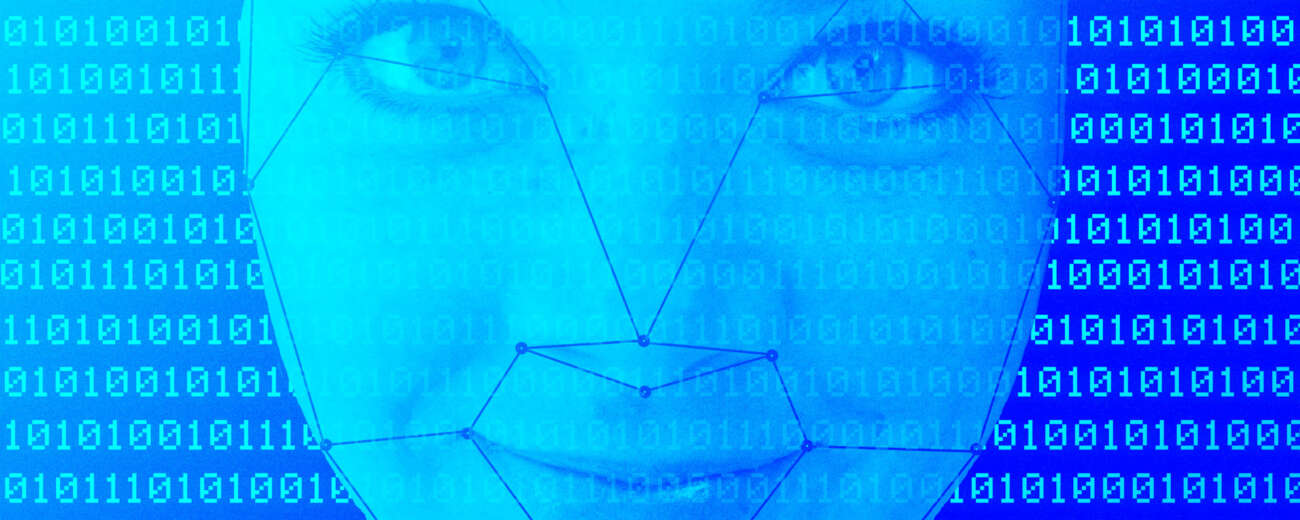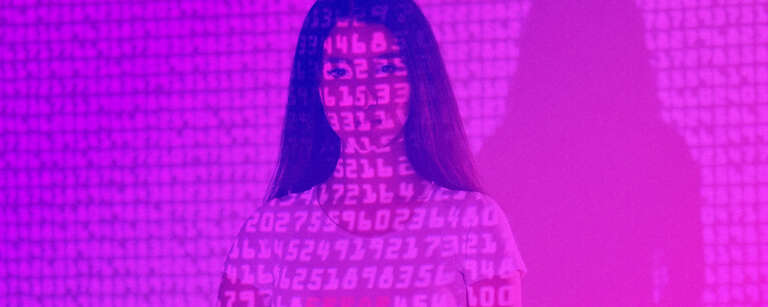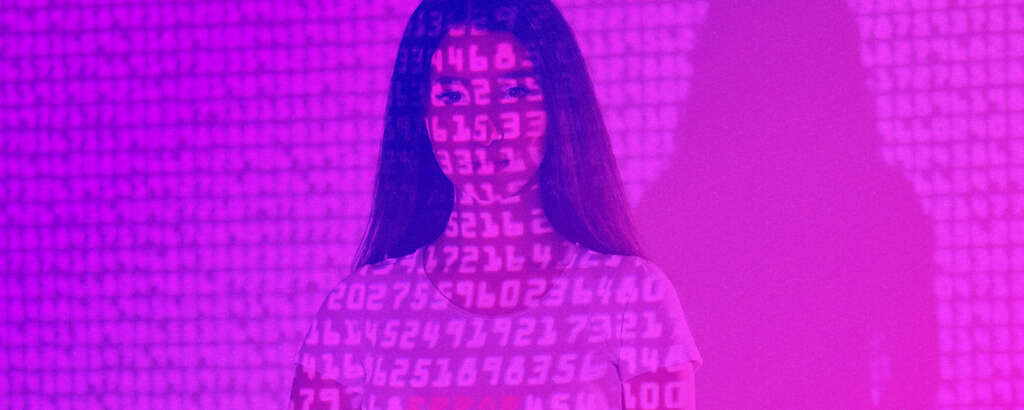Artificial intelligence (AI) has transformed the way we interact with media, making it easier to manipulate and generate realistic images and videos. Two of the most controversial AI-driven technologies today are deepfake and undress AI apps. While both involve altering visual content, they serve different purposes, employ different methods, and have unique ethical concerns.
What Are Deepfakes?
Deepfakes are a type of media manipulation where AI technology is used to swap one person’s face with another’s in videos or images. By using advanced algorithms, deepfakes create realistic simulations, making it appear as though the person in the video is doing or saying something they never actually did.
How Do Deepfakes Work?
Deepfakes rely on a type of AI technology known as Generative Adversarial Networks (GANs). GANs involve two models working together: a generator, which creates new images, and a discriminator, which evaluates how realistic those images are. Over time, the generator improves its outputs as the discriminator pushes it to create more lifelike media.
The process typically involves:
- Training: The AI is trained on large datasets of images and videos to learn how to mimic facial expressions, movements, and voices.
- Generation: The AI then uses the learned patterns to generate realistic facial movements that match the person’s face in the target video or image.
- Refinement: As the AI processes more data, it becomes better at generating realistic media, reducing visible flaws such as mismatched lighting or facial expressions.
Deepfakes are primarily used in videos, but they can also be applied to still images. The more data the AI has to work with, the more realistic the deepfake becomes.
What Is Undress AI?
While deepfakes focus on face-swapping and voice-mimicking, undress AI apps have a different goal: simulating the removal of clothing from images. These apps use AI to predict how a person’s body would appear under their clothes and then generate a new image that blends with the original.
How Does Undress AI Work?
Like deepfakes, undress AI relies on neural networks, and often, GANs. However, instead of generating new faces, undress AI uses these technologies to recognize the shape and structure of a person’s body and simulate what they would look like without clothing.
Here’s the typical working process:
- Image Recognition: The AI first identifies the person’s body shape, clothing outlines, and background details.
- Prediction: The AI uses its trained models to predict how the body would look under the clothing.
- Image Generation: Finally, the AI generates a modified image based on those predictions, attempting to create a seamless blend between the original and the altered photo.
Unlike deepfakes, undress AI apps are mostly applied to still images rather than videos. While they share some technological similarities, the purpose and ethical concerns surrounding them are quite different.
Comparing Deepfake and Undress AI Technology
Despite their similarities, deepfake and undress AI technologies differ significantly in terms of their technical approaches and applications.
| Aspect | Deepfake | Undress AI |
| Purpose | To replace faces or voices in media. | To simulate the removal of clothing in photos. |
| Primary Medium | Primarily videos, but also images. | Primarily used with still images. |
| Technology | Relies heavily on GANs for face and voice swapping. | Uses neural networks and GANs for body shape prediction. |
| Accuracy Requirements | Needs high precision for facial expressions, lighting, and voice sync. | Focuses on predicting realistic body shapes and textures. |
| Applications | Entertainment, satire, misinformation, and education. | Mostly associated with image manipulation, often inappropriate. |
Use Cases of Deepfake Technology
Deepfakes are often associated with negative use cases such as misinformation and deception. However, deepfake technology also has legitimate applications, particularly in the entertainment and research sectors.
Positive Use Cases:
😊 Entertainment and Film: Deepfake technology can be used in movies to digitally recreate actors or historical figures, saving on production costs and improving special effects.
😊 Education and AI Research: Researchers use deepfake technology to study the impacts of AI on society, often as part of broader AI ethics discussions. It also helps develop tools to detect fake media.
😊 Satire and Parody: Many deepfakes are created for humor, with users creating comedic videos that place celebrities or public figures in funny situations.
Negative Use Cases:
😞 Misinformation: Deepfakes can be used to create fake news videos that mislead people into believing false events or statements.
😞 Political Manipulation: Deepfake videos have been used to fabricate speeches or actions of politicians, potentially undermining trust in media and democracy.
😞 Defamation: Deepfakes can be used to damage a person’s reputation by falsely placing them in compromising or illegal situations.
Use Cases of Undress AI Technology
Undress AI apps are more limited in their positive use cases, as they are primarily associated with controversial and often harmful applications. Most undress AI apps are used for manipulating images in ways that violate privacy and consent, which raises significant ethical concerns.
Primary Use Cases:
- Image Manipulation: These apps are often used to generate fake nude images of people without their consent, which can lead to harassment, exploitation, or worse.
- AI Research: In rare cases, undress AI apps are used in research to study how AI models interact with and modify visual data, though these cases are far less common than misuse cases.
Ethical Concerns: Deepfake vs. Undress AI
Both deepfake and undress AI technologies come with serious ethical implications. Their ability to manipulate media can lead to privacy violations, defamation, and in some cases, criminal activities.
Ethical Issues with Deepfakes:
❌ Non-consensual Use: Deepfake technology has been used to create videos of people without their permission, particularly in compromising situations.
❌ Misinformation: As deepfakes become more sophisticated, they are being used to spread misinformation, making it harder for people to trust what they see in media.
❌ Political Consequences: Deepfakes have been used to manipulate political discourse by fabricating speeches or events, which could have serious societal impacts.
Ethical Issues with Undress AI:
❌ Privacy Violations: The primary ethical concern with undress AI is its potential for non-consensual image manipulation. These apps can be used to generate fake nudes of people without their knowledge, which can result in harassment or blackmail.
❌ Lack of Positive Use: Unlike deepfakes, which have some constructive applications in entertainment and research, undress AI apps are largely viewed as harmful, with little legitimate use.
Conclusion
While both deepfake and undress AI technologies are based on similar AI-driven algorithms, they serve vastly different purposes. Deepfakes focus on face-swapping and voice-mimicking, typically for video content, while undress AI apps focus on removing clothing in still images. Despite their technological advancements, both come with significant ethical concerns, particularly when used without consent.
Deepfakes, despite their misuse, offer potential in entertainment and research. However, undress AI apps have few legitimate applications, being primarily associated with privacy violations and harmful use. As these technologies continue to advance, it’s essential for users to be aware of their capabilities and the risks involved, ensuring that ethical considerations remain a priority in their use and regulation.
PROs & CONs of Deepfake and Undress AI Technologies
PROs:
- Can showcase advanced AI capabilities in media manipulation.
- Useful in entertainment, creative projects, and research.
- Free versions of the technology are widely available.
CONs:
- High potential for misuse, especially for non-consensual content.
- Raises serious ethical and privacy concerns.
- Difficult to detect and regulate when used maliciously.
Common Questions
What is the main difference between deepfake and undress AI?
Deepfake technology is used to swap faces or voices in videos or images, while undress AI simulates the removal of clothing in still photos.
Are deepfakes legal?
Deepfakes are legal when used for entertainment or educational purposes, but their use in defamation, fraud, or non-consensual situations is often illegal.
Is undress AI technology safe?
No, undress AI apps can violate privacy and often lead to the creation of non-consensual, harmful images, which is illegal in many places.
How are deepfakes detected?
Deepfakes can be detected with specialized AI tools that analyze inconsistencies in the video or image, such as unnatural movements, lighting errors, or facial glitches.
What are the risks of using undress AI apps?
Undress AI apps can be misused to create fake nudes of people without their consent, leading to privacy violations, harassment, or even criminal consequences.





Leave a Comment